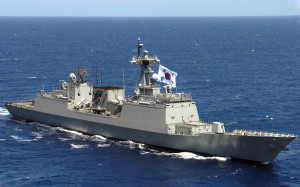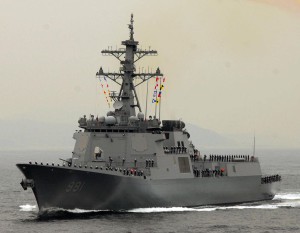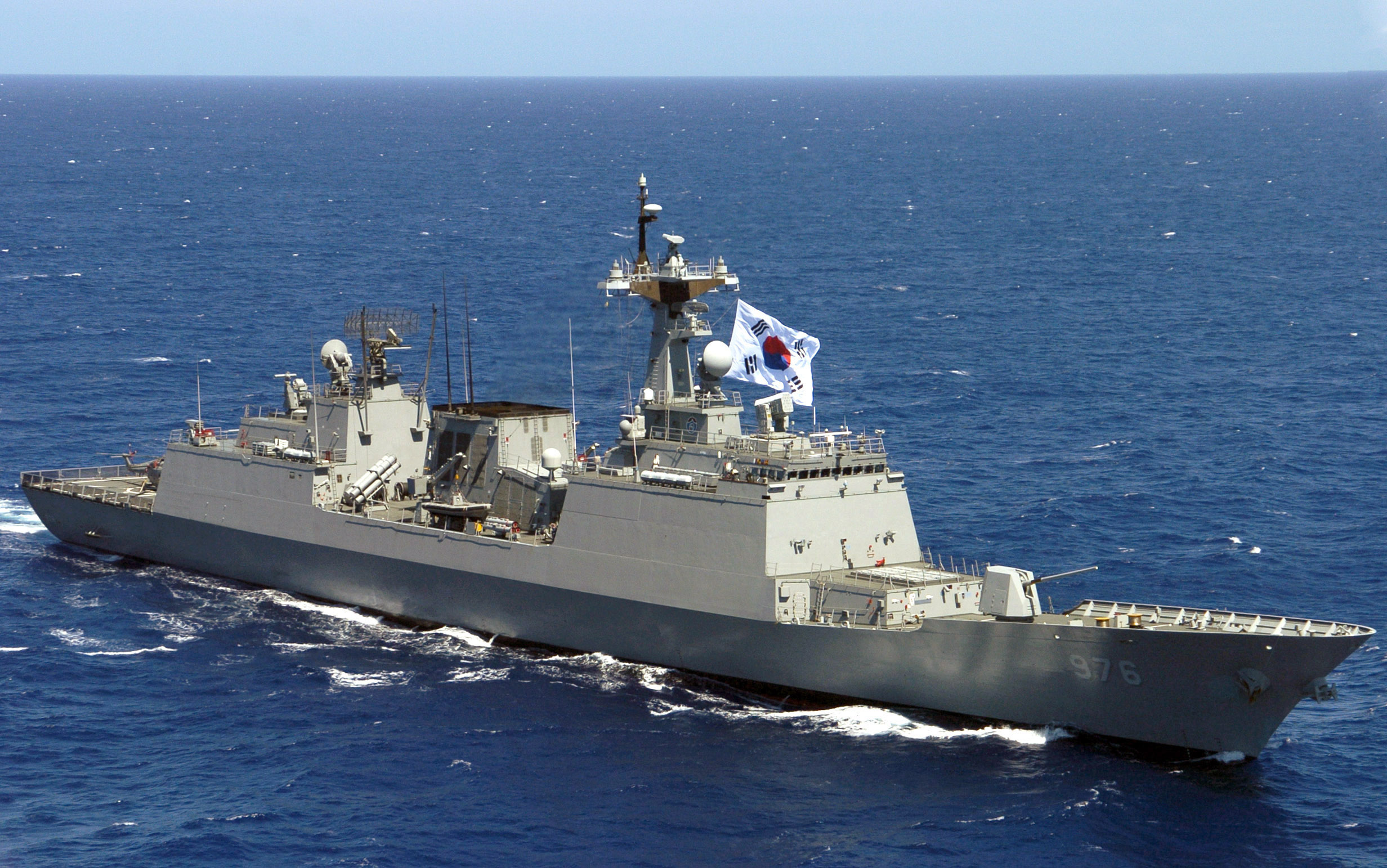Over the past few decades, the Royal Canadian Navy (RCN) has been plagued by procurement problems. The purchase of four Victoria-class submarines from the United Kingdom in 1998 proved to be disastrous, resulting in the death of one Canadian aboard the HMCS Chicoutimi in 2004. The ten-year ordeal regarding the replacement of Canada’s aging Sea King helicopters with new Cyclone designs endures, and there have been indications that the manufacturer may cancel the order due to cost overruns. Successive Canadian governments have not proven very effective at obtaining new equipment and vessels for Canada’s maritime forces, though the current government hopes to depart from this record through the National Shipbuilding Procurement Program.

Looking across the Pacific, however, may provide a model for successful procurement, namely the Korean Destroyer eXperimental (KDX) shipbuilding program initiated originally in 1981. The intent was to produce a workhorse vessel for the Republic of Korea Navy, fulfilling a role similar to that of Canada’s Halifax-class frigate or Iroquois-class destroyer but with substantially updated technology. After a brief design process, a prototype was unveiled in 1984. Some difficulties were experienced along the way, in part because South Korea sole-sourced the initial stage of KDX to Daewoo Heavy Industries, which only completed the first vessel in 1998. This line – dubbed Gwanggaeto, the Great class destroyers – was South Korea’s first foray into modern shipbuilding and as a result there was a learning curve both in terms of government procurement and adjusting heavy industry to this unfamiliar aspect of manufacturing.
Daewoo quickly adapted to the unique demands of the maritime defence sector. In 1999 and 2000, the Gwanggaeto the Great was joined by two other destroyers of the same class. KDX I had, for the most part, been a test to determine the successes and failures of South Korean shipbuilding. It demonstrated the country’s manufacturing capabilities and gauged public support for a ‘blue water’ navy that could project South Korea’s influence beyond its territorial waters. In this sense, KDX I succeeded and consequently two subsequent stages of the program were implemented.

This time, South Korea did not sole source the manufacture of the new vessels. Both Daewoo and Hyundai were contracted to build new vessels of a slightly improved design, the Chungmugong Yi Sun-shin class destroyer. The contracting of two companies, to each build three ships, harnessed the power of competition allowing South Korea to produce the vessels at a faster rate. Sole sourcing the Gwanggaeto the Great allowed Daewoo to fulfill the contract at its own pace and afforded the company greater flexibility in negotiating the terms of the order with the government. In contrast, the use of both Daewoo and Hyundai encouraged the companies to stay on schedule and within budget due to the fear of losing the contract for the next KDX stage. If anything, the value of competition might be one of the most significant lessons Canadian policymakers can derive from the Korean example: Canada has a history of holding competition to determine a sole source, whether that be exclusively contracting Sikorsky to produce new maritime helicopters or placing complete faith in Irving Shipbuilding to manufacture new Arctic Offshore Patrol Ships and Single Class Surface Combatants.
The phased approach and long-term perspective of KDX was also a boon for South Korea. Policymakers identified a need for a workhorse surface combatant very early on, and then pursued an ambitious 30-year plan to satisfy that need. By contrast, Canada struggles to find replacements for its own vessels before the older versions become too dangerous for continued service, such as the delayed 2013 decision to purchase Queenston-class auxiliary vessels to take on the role of two Protecteur-class supply ships which have been operating since 1969. In addition, the three phases of KDX allowed South Korea to learn from the shortcomings of earlier stages and improve upon its designs, resulting in an impressive mainstay for its fleet: the Sejong the Great class destroyer. This is not to say that KDX I/II failed – in fact, both ship designs are effective in their own right and are currently operated by South Korea – but the results of KDX III are considered particularly cutting edge.

Finally, it is worth noting that South Korea made interoperability a priority during the KDX program. The Sejong the Great class destroyer is frequently compared by analysts to the United States’ Arleigh Burke class. Both designs employ the Aegis Combat System, an integrated naval weapons system that allows for faster and more reliable targeting of enemy aircraft. This similarity indicates that the Sejong the Great could easily serve as part of an American-led task force. The KD-IIA, a proposed variant on the Chungmugong Yi Sun-shin class destroyer, would also be equipped with Aegis and is said to be quite similar to the United States’ experimental Freedom-class littoral combat ship. Since Japan has begun to introduce the Atago-class destroyer, a variant on the Arleigh Burke class, it would be relatively simple to coordinate joint actions between the U.S., Japanese, and Korean maritime forces in a Pacific conflict. Though the exact capabilities of Canada’s future Single Class Surface Combatant are unknown, a lack of interoperability could see Canada sidelined in future multilateral missions in favour of countries like South Korea and Japan.
Even though the National Shipbuilding Procurement Strategy is underway, Canada would be well-served to conduct an in-depth review of the RCN’s needs and the global trends in shipbuilding. From this review, a 30-year plan based on the KDX model could be developed, allowing Canada to prepare well in advance for the Single Class Surface Combatant’s replacement. It is difficult to predict the equipment and tactics that will dominate the maritime domain of the battlespace in the 2040s and 2050s. But success can be attained if Canada pursues similar principles to South Korea: embracing competition, splitting shipbuilding projects into phases, and prioritizing interoperability.




